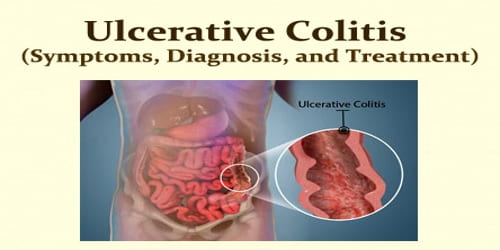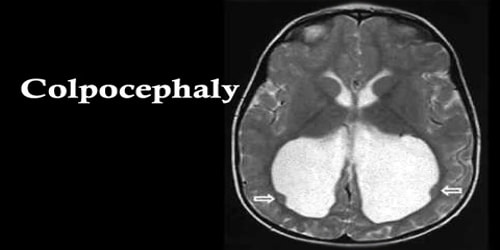Klippel–Trénaunay Syndrome (KTS)
Definition: Klippel-Trenaunay syndrome (KTS) is a rare congenital vascular disorder in which a limb may be affected by port wine stains (red-purple birthmarks involving blood vessels), varicose veins, and/or too much bone and soft tissue growth. The limb may be larger, longer, and/or warmer than normal. The three main features are nevus flammeus (port-wine stain), venous and lymphatic malformations, and soft-tissue hypertrophy of the affected limb. It is similar to, though distinctly separate from, the less common Parkes-Weber syndrome.
The classical triad of Klippel-Trenaunay syndrome consists of:
- vascular malformations of the capillary, venous and lymphatic vessels;
- varicosities of unusual distribution, particularly the lateral venous anomaly; and
- unilateral soft and skeletal tissue hypertrophy, usually the lower extremity.
Family history doesn’t seem to be a risk factor, so it’s unlikely that parents of one child with Klippel-Trenaunay syndrome will have another child with the disorder, even if one of the parents has KTS.
Causes, Sign, and Symptom of Klippel-Trenaunay Syndrome: Klippel-Trenaunay syndrome is a genetic condition. It involves genetic changes (mutations) most commonly in the PIK3CA gene. These genetic changes are responsible for the development of tissues in the body, resulting in overgrowth.
No one knows the precise cause of KTS. Some doctors think it’s caused by a mutation that occurs before birth (but isn’t inherited) in the cells that form the lymphatic system, veins, and other tissues. No known food, medication or activity during pregnancy can cause KTS.
People who have Klippel-Trenaunay syndrome may have the following features, which can range from mild to more extensive:
- Port-wine stain. This pink to reddish-purple birthmark is caused by extra tiny blood vessels (capillaries) in the top layer of skin. The birthmark usually covers part of one leg, but can involve any portion of the skin, and may get darker or lighter with age.
- Vein malformations. These include swollen, twisted veins (varicose veins) usually on the surface of the legs. Deeper abnormal veins in the arms, legs, abdomen, and pelvis can occur. There may be spongy tissue filled with small veins in or under the skin. Venous abnormalities may become more prominent with age.
- Overgrowth of bones and soft tissue. This begins in infancy and is usually limited to one leg, but it can occur in an arm or, rarely, in the trunk or face. This overgrowth of bone and tissue creates a larger and longer extremity. Rarely, a fusion of fingers or toes, or having extra fingers or toes occurs.
- Lymphatic system abnormalities. The lymphatic system — part of the immune system that protects against infection and disease and transports lymphatic fluid — can be abnormal. Extra lymphatic vessels can be present that don’t work properly and can lead to leakage and swelling.
Other Symptoms of KTS include:
- blood clots
- cellulitis (infections in the skin)
- anemia due to blood loss from easy bleeding
- pain and heaviness of the affected limb, often severe
- a difference in size between the affected and non-affected limb
- lymphatic abnormalities such as cysts and swelling
- swollen veins
In some cases, port-wine stains (capillary port wine type) may be absent. Such cases are very rare and may be classified as “atypical Klippel–Trenaunay syndrome”.
Diagnosis and Treatment of Klippel-Trenaunay Syndrome: Diagnosis of Klippel-Trenaunay syndrome begins with a physical exam. Referral to a vascular malformations specialist is helpful for evaluation and treatment recommendations. Several diagnostic tests can help your doctor evaluate and identify the type and severity of the condition and help determine treatment. Some tests include:
- Duplex scanning
- Scanogram
- MRI
- CT scan
- Contrast venography
The goals of treatment are to reduce symptoms and reduce the risk of complications. KTS is a complex syndrome, and no single treatment is applicable to everyone. Treatment is decided on a case-by-case basis with the individual’s doctors.
At present, many of the symptoms may be treated, but there is no cure for Klippel–Trenaunay syndrome.
Medications and iron supplements may be prescribed, as well as compression stockings to alleviate pain and swelling. Surgery and other minimally invasive therapies are sometimes necessary to treat KTS and its complications.
Surgery may be necessary for KTS to reduce the threat of serious complications. Surgical treatments are performed in the hospital or outpatient setting by a vascular surgeon.
In addition, treatment may be needed for complications such as bleeding, pain, infection, blood clots or skin ulcers.
Information Source:
















